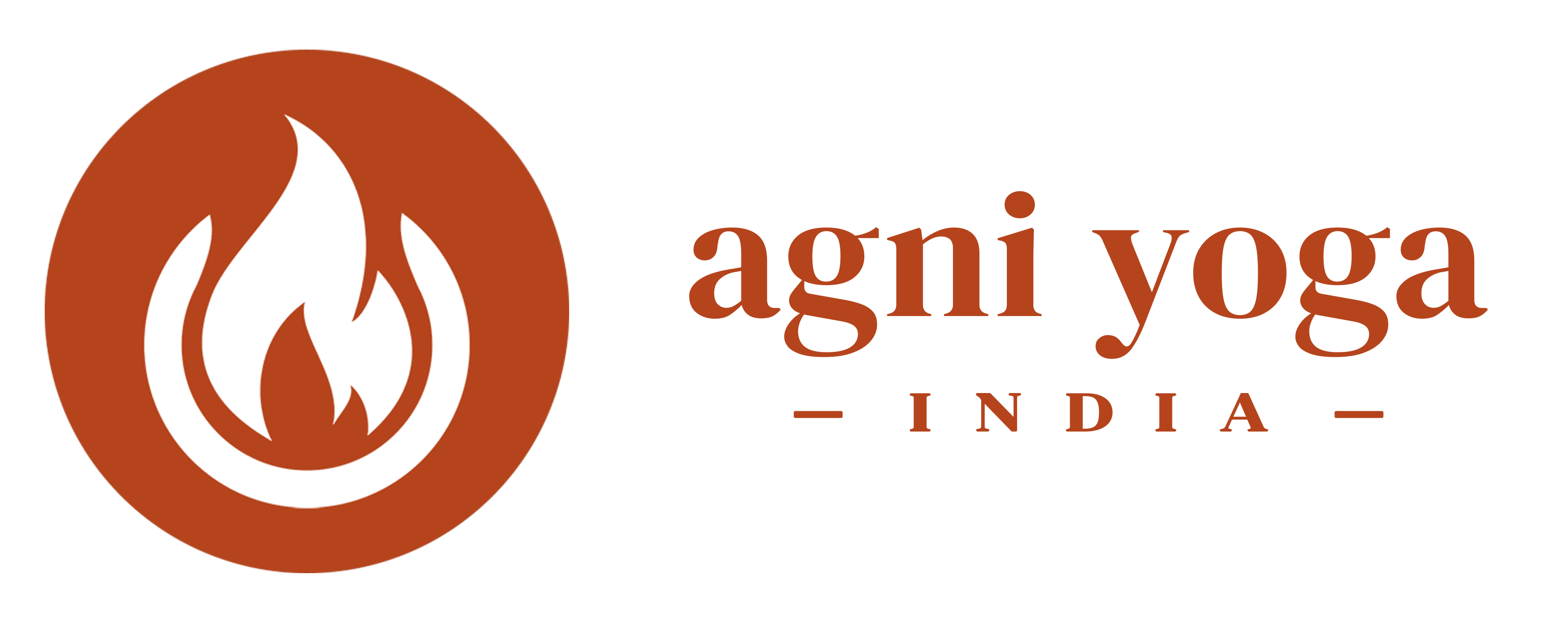Yoga Teacher Training for Indian Students
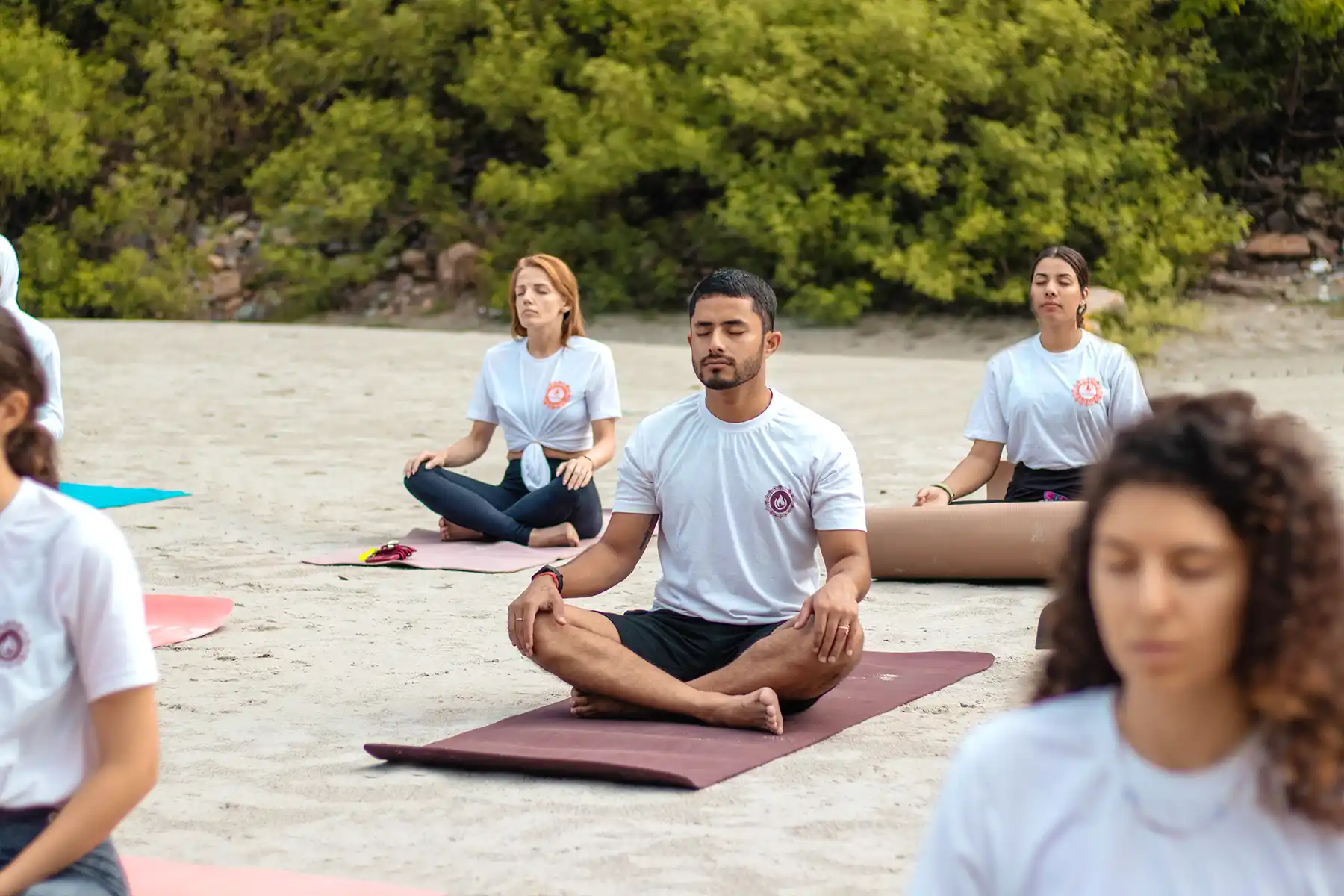
YOGA COURSES IN RISHIKESH INDIA
200-hour Yoga Teacher Training (24 Days)
This 200 Hour Yoga Teacher Training in Rishikesh program is a 25-days concentrated program intended to give you the information, abilities, and certainty to teach yoga based on the Ashtanga Primary Series and Hatha style.
Your Yoga Teacher Training journey isn’t just about deepening your practice in yoga, yet additionally about acquiring the skills to teach others.
Our Multi-style yoga for beginners course will assist you with turning into a Yoga Alliance Certified Teacher in just 25 days. With our approved Yoga TTC certificate, you will be able to teach yoga all around the world.
We passionately believe in the development of your unique personal voice and style as a Yoga Teacher. Our accomplished Indian instructors, who are renowned for their insight and devotion towards their practice of yoga are going to be with you from the day you join the course till the day you leave for your subsequent home.
300-hour Yoga Teacher Training (27 Days)
Our 300-hour Yoga Teacher Training in Rishikesh is an advanced 27-days yoga teacher training program that is designed to deepen and strengthen your already existing knowledge and understructure of yoga. To meet the eligibility to enroll in a 300-hour yoga teacher training course, you must have already completed a 200-hours yoga teacher training course in any style, as per the guidelines prepared by Yoga Alliance, USA.
This course predominantly focuses on making you a professional and confident Yoga Teacher. Subjects like Asana Science, Teaching Methodology, Asana techniques, Verbal guidance of adjustments are the major center of attraction. To deepen your knowledge of the body, much of your time will be spent on Yoga Anatomy and Yoga Therapy.
All our subjects and techniques of teaching are according to our curriculum approved by Yoga Alliance, USA. After you’ve completed this course, you will become a certified 500-hour Yoga Teacher.
If you have a strong desire to learn more about yoga, its practices and philosophy, then this course is meant for you. This teacher training course will provide you with a thorough understanding of yoga, regardless of whether you are new to yoga, you are a yoga practitioner or a teacher who wants to learn more or advance your knowledge.
PRIVATE / SHARED ACCOMMODATION
(HOT WATER / Wi-Fi)
3 DELICIOUS VEGAN / VEGETARIAN
MEALS (BUFFET STYLE)
KNOWLEDGE FROM EXPERIENCED
TEAM OF TEACHERS
Multi-style Yoga Teacher Training in Rishikesh
Ashtanga Vinyasa Yoga
INTERMEDIATE SERIES
Ashtanga Vinyasa Yoga was founded by K. Pattabhi Jois during the twentieth century. He acquired his knowledge from his Guru, Shri Tirumalai Krishnamacharya. Ashtanga Vinyasa Yoga emphasises a key component known as a Tristana (three places of action or attention) and Vinyasa, which is a combination of breath and movement.
There are core concepts for Ashtanga vinyasa yoga practice, encompassing the three levels of purification: the body, nervous system and the mind. They are to be performed in conjunction with each other. The Intermediate series is called Nadi Shodhana, which means purification of the nervous system. It strengthens and cleanses the nervous system and the energy channels. The series follows the same progression as the primary series with the addition of intense back-bending asana and other advanced yoga postures.


Traditional Hatha Yoga
Hatha Yoga seeks to unite mind, body and spirit through five elements –
Asana (postures), Pranayama (yogic breathing), Mudra (body gestures), Bandha (energy locks) & Shatkarma (inner cleansing).
These body-centred practices under Hatha yoga not only strengthen and cleanse the physical body, but they also cultivate prana (life-force energy) and invoke kundalini (dormant spiritual energy).
While practising Hatha Yoga, you will also have the chance to learn about Yin and restorative yoga as part of our 200-hour and 300-hour Yoga TTC. You will be taught basic, intermediate and advanced-level hatha yoga. Spanning over 52 days, this TTC will enhance your experience and knowledge of other yoga practices and traditions as well.
Syllabus for Yoga Teacher Training Course
200 HOURS YTTC
- Introduction of shatkarma
- Importance of cleansing for a yogic lifestyle
- Jal neti
- Sutra neti
- Eye cleaning (eyes cups)
- Kunjal
- Shankh Prakhshalan
- Trataka
- Introduction to pranayama
- Yogic breathing technics for increasing awareness
- Benefits of pranayama
- Different Pranayama and general guidelines
- Nadi Sodhana
- Bhastrika
- Bhramari
- Surya Bhedi and Chandra Bhedi pranayama
- Sheetali and Sheetkari
- Ujjayi pranayama
- Introduction to meditation and concentration
- Breath awareness
- Tips for developing concentration
- Bahir and Antar trataka
- Dynamic meditation (osho meditation)
- Japa meditation
- Antarmouna (silence practice)
- Chakra meditation
- Third eye meditation
- Mantra meditation
- Yoga nidra
- Inner visualization
- Manta Chanting
- Skeletal system
- Muscular system
- Body system
- Muscle functions according to joint movements
- Respiratory system
- Endocrine system
- Circulatory system
- Nervous system
- Digestive system
- Physiological benefits of asana
- Anatomy of spine
- Hip anatomy
- Knee anatomy
- Introduction to yoga sutras of patanjali
- Importance of discipline in path of yoga
- Definition of yoga
- Vrittis (mental fluctuations) and their classification
- Obstacles and distractions on the path of yoga (concepts of citta-viksepa and antaraya)
- Ashtanga yoga – Yama , Niyama, Asana, Pranayama, Pratyahara, Dharana, Dhyan, Samadhi
- Introduction to chakras and its functions
- Lives of yogis (Inspiring stories)
- Karma and its types
- Introduction of Bandha & Mudras
- Uddiyana bandha
- Jalandhar bandha
- Mula bandha
- Maha bandha
- Jnana and chin mudra
- Yoni mudra
- Bhairava mudra
- Shambhavi mudra
- Nasikagra mudra
- Prana mudra
- Maha mudra
- Maha vedha mudra
- Different mudras for better health
- Mudra for concentration
- Common mudras for daily use
- What is mantra and benefits of chanting mantra?
- Shanti mantra (mantra of peace)
- Guru mantra (mantra for guru)
- Ganesh mantra (mantra for auspiciousness)
- Mahamritumjaya mantra ( Mantra on lord shiva)
- Gayatri mantra (universal prayer)
- YogenaCittasya ( Sloka on sage Patanjali)
- Hare rama, Hare Krishna ( Maha mantra)
- Positive & conscious communication
- Friendship and trust
- Time management
- Qualities of a teacher
- Principles of demonstration, observation, assisting and correction
- Use of voice in class
- Mental & emotional preparation for teaching
- Step-by-step class structure planning.
- Attendance
- Assignment
- Practical Exam of asana classes
- Written test
- Performance
- Behaviour
300 HOURS YTTC
- Introduction of shatkarma
- Importance of cleansing for a yogic lifestyle
- Jal neti
- Sutra neti
- Eye cleaning (eyes cups)
- Kunjal
- Shankh Prakhshalan
- Trataka
- Introduction to Paranayama
- The pranic body
- Natural Breathing
- Abdominal Breathing
- Thoracic Breathing
- Clavicular Breathing
- Yogic breathing
- Nadi shodhana & Its variations
- Sheetali pranayama
- Bhramari pranayama
- Ujjayi pranayama
- Bhastika Pranayama
- Kapalbhati Pranayama
- Surya bhedi and Chandra bhedi Pranayama
- Agnisar kriya
- Kumbhaka
- What is mantra and benefits of chanting mantra?
- Shanti mantra (mantra of peace)
- Guru mantra (mantra for guru)
- Ganesh mantra (mantra for auspiciousness)
- Mahamritumjaya mantra ( Mantra on lord shiva)
- Gayatri mantra (universal prayer)
- YogenaCittasya ( Sloka on sage Patanjali)
- Hare rama, Hare Krishna ( Maha mantra)
- Getting in the depth of Bandha & Mudras
- Uddiyana bandha
- Jalandhar bandha
- Mula bandha
- Maha bandha
- Jnana and chin mudra
- Yoni mudra
- Bhairava mudra
- Shambhavi mudra
- Nasikagra mudra
- Prana mudra
- Maha mudra
- Mudra for concentration
- Common mudras for daily practices
- Why meditation?
- Brain waves meditation and its effect on stress management
- Obstacles in meditation
- Role of concentration in meditation
- Tips for developing concentration
- Meditation on body and breath
- Mantra meditation
- Antat and Bahir’s meditation
- Trataka meditation
- Dynamic meditation
- Tips for silence meditation practice
- Japa meditation and ajapa japa
- Antar Mouna
- Nada meditation
- Getting in depth of yoga sutras by Patanjali
- Vrittis (mental fluctuations) and their classification
- Obstacles and distractions on the path of yoga (concepts of citta-viksepa and antaraya)
- Knowing more about Ashtanga yoga – Yama, Niyama, Asana, Pranayama, Pratyahara, Dharana, Dhyan, Samadhi
- Consistent practice and non-attachment (Abhayasa and Vairagya)
- The concept of Ishwar (God) in Yoga Sutra
- Panchklesha (5 causes of suffering)
- Concept of siddhi (supernatural power)
- Concept of triguna
- Introduction to Bhagavad Gita
- Revision of 200-hrs syllabus
- Body movements
- How does Hatha yoga work on our body
- Muscle Activation
- Imbalances in the body and how to observe them
- Active Muscle stretching techniques
- Passive Muscle stretching
- Anatomy of shoulder joint complex
- How to unlock the flexibility of shoulder
- Anatomy of wheel pose
- Nerve tensioning mudras
- Anatomy of ankle joints and how to enhance their function
- Co-activation of ankle muscles
- Introduction of Yoga Therapy
- Physiology & therapeutic benefit of shatkarma
- How to make a Yogic therapy session
- Homeostasis & pH Effect on Health
- Arthritis – osteoarthritis and Rheumatoid arthritis
- Back pain – Explanation & Yogic approach
- Endocrine system – importance of glands
- PCOD – polycystic ovary syndrome & Yogic Approach
- Respiratory diseases – COPD & Yogic Approach
- Menstrual cycle & hormones
- Kati Basti – Ayurvedic oil therapy
- Cupping therapy
- Ayurveda & Dincharya
- Positive & conscious communication
- Friendship and trust
- Time management
- Qualities of a teacher
- Principles of demonstration, observation, assisting and correction
- Use of voice in class
- Mental & emotional preparation for teaching
- Step-by-step class structure planning.
- Attendance
- Assignment
- Practical Exam of asana classes
- Written test
- Performance
- Behaviour
Yoga Philosophy
FUNDAMENTALS OF YOGA
- Introduction to yoga sutras of patanjali
- Importance of discipline in the path of yoga
- Definition of yoga
- Vrittis (mental fluctuations) and their classification
- Obstacles and distractions on the path of yoga (concepts of citta-viksepa and antaraya)
- Ashtanga yoga – Yama , Niyama, Asana, Pranayama, Pratyahara, Dharana, Dhyan, Samadhi
- Introduction to chakras and its functions
- Lives of yogis (Inspiring stories)
- Karma and its types
- Consistent practice and non-attachment (Abhayasa and Vairagya)
- The concept of Ishwar (God) in Yoga Sutra
- Panchklesha (5 causes of suffering)
- Concept of siddhi (supernatural power)
- Concept of Triguna
- Introduction to Bhagavad Gita
Pranayama & Shatkarma
YOGIC BREATHING & CLEANSING
- Introduction to Pranayama and Pranic Body
- Natural and Abdominal Breathing
- Thoracic and Clavicular Breathing
- Yogic breathing
- Nadi shodhana and its variations
- Sheetali Pranayama
- Bhramari pranayama
- Ujjayi pranayama
- Bhastika Pranayama
- Kapalbhati Pranayama
- Surya Bhedi and Chandra Bhedi Pranayama
- Agnisar kriya
- Kumbhaka
- Introduction of shatkarma and its importance in yogic lifestyle
- Jal neti and Sutra neti
- Eye cleaning (eye cups)
- Kunjal
- Shankh Prakhshalan
- Trataka
Dhyana
MEDITATION PRACTICES
- Why meditation?
- Brain waves meditation and its effect on stress management
- Obstacles in meditation
- Role of concentration in meditation
- Tips for developing concentration
- Meditation on body and breath
- Mantra meditation
- Antat and Bahir’s meditation
- Trataka meditation
- Dynamic meditation
- Tips for silence meditation practice
- Japa meditation and ajapa japa
- Antar Mouna
- Nada meditation
Therapeutic Yoga
DEEP STUDY OF YOGIC MOVEMENTS
- Introduction of Yoga Therapy
- Physiology & therapeutic benefit of shatkarma
- How to make a Yogic therapy session
- Homeostasis & pH Effect on Health
- Arthritis – osteoarthritis and Rheumatoid arthritis
- Back pain – Explanation & Yogic approach
- Endocrine system – importance of glands
- PCOD – polycystic ovary syndrome & Yogic Approach
- Respiratory diseases – COPD & Yogic Approach
- Menstrual cycle & hormones
- Kati Basti – Ayurvedic oil therapy
- Cupping therapy
- Ayurveda & Dincharya
Bandhas & Mudras
GESTURES & ENERGY LOCKS
- Introduction of Bandha & Mudras
- Uddiyana bandha
- Jalandhar bandha
- Mula bandha
- Maha bandha
- Jnana and chin mudra
- Yoni mudra
- Bhairava mudra
- Shambhavi mudra
- Nasikagra mudra
- Prana mudra
- Maha mudra
- Maha vedha mudra
- Different mudras for better health
- Mudra for concentration
- Common mudras for daily use
Body Anatomy
STUDY OF THE HUMAN BODY
- Skeletal system
- Muscular system
- Body system
- Muscle functions according to joint movements
- Respiratory system
- Endocrine and Circulatory system
- Nervous and Digestive system
- Physiological benefits of asana
- Anatomy of spine
- Hip anatomy
- Knee anatomy
- Muscle Activation
- Imbalances in the body and how to observe them
- Active and passive Muscle stretching techniques
- Anatomy of shoulder joint complex
- How to unlock the flexibility of shoulder
- Nerve tensioning mudras
- Anatomy of ankle joints and how to enhance their functions
Teaching methodology
LEARNING HOW TO TEACH
- Positive & conscious communication
- Friendship and trust
- Time management
- Qualities of a teacher
- Principles of demonstration, observation, assisting and correction
- Use of voice in class
- Mental & emotional preparation for teaching
- Step-by-step class structure planning.
Evaluation based on
YOGA ALLIANCE CERTIFICATION
- Attendance
- Assignment
- Practical Exam of asana classes
- Written test
- Performance
- Behaviour
Sample Daily Schedule
200-HOUR YTTC RISHIKESH
TIME ACTIVITY
06:00 – 07:30 AM Hatha Yoga
07:45 – 08:45 AM Shatkarma & Pranayama
09:00 – 09:45 AM Breakfast
10:00 – 11:00 AM Yoga Philosophy
11:00 – 12:00 PM Body Anatomy
12:00 – 01:00 PM Asana Alignment
01:00 – 01:45 PM Lunch
01:45 – 04:15 PM Self Study / Free time
04:15 – 05:45 PM Ashtanga Vinyasa Yoga
06:00 – 07:00 PM Meditation
07:00 – 07:45 PM Dinner
10:00 PM Lights off
300-HOUR YTTC RISHIKESH
TIME ACTIVITY
06:00 – 07:30 AM Hatha Yoga
07:45 – 08:45 AM Shatkarma & Pranayama
09:00 – 09:45 AM Breakfast
10:00 – 11:00 AM Yoga Philosophy
11:00 – 12:00 PM Body Anatomy
12:00 – 01:00 PM Asana Alignment
01:00 – 01:45 PM Lunch
01:45 – 04:15 PM Self Study / Free time
03:10 – 04:10 PM Yoga Therapy
04:15 – 05:45 PM Ashtanga Vinyasa Yoga
06:00 – 07:00 PM Meditation
07:00 – 07:45 PM Dinner
10:00 PM Lights off


(Fire Ceremony at the Ganges)
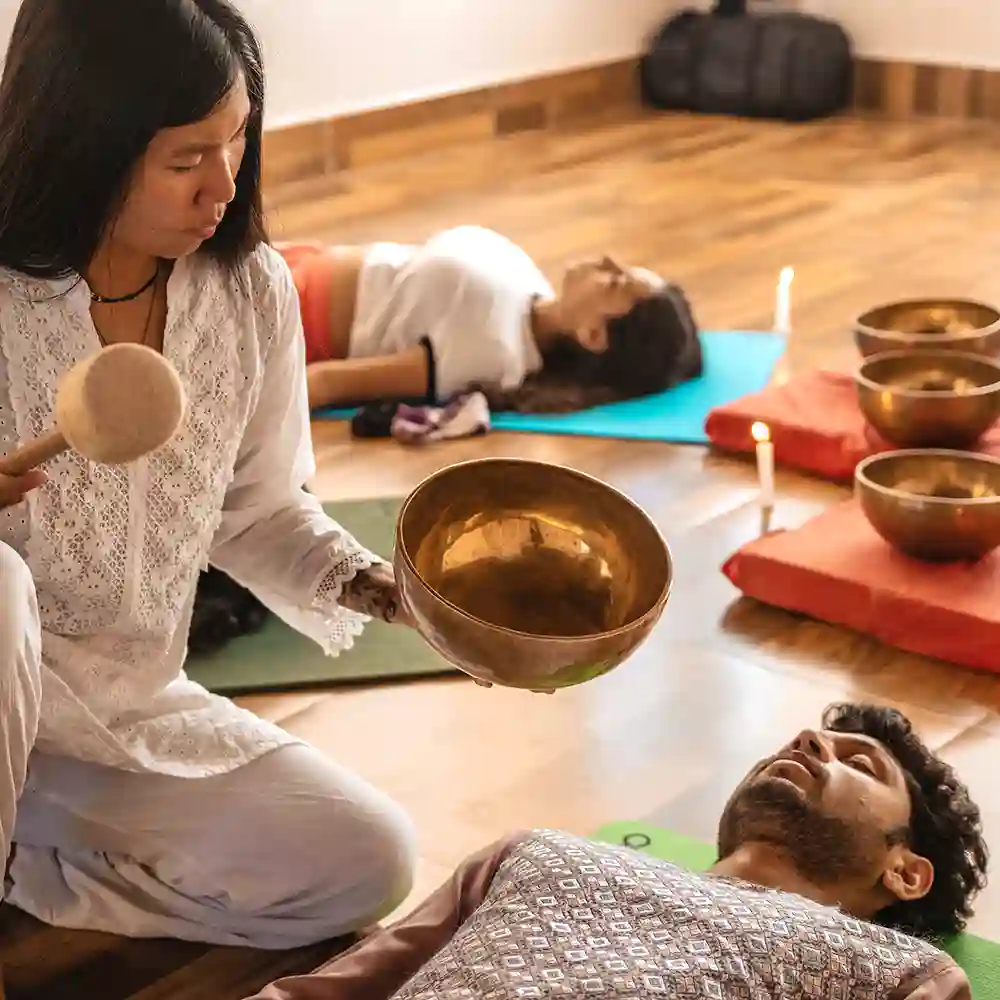
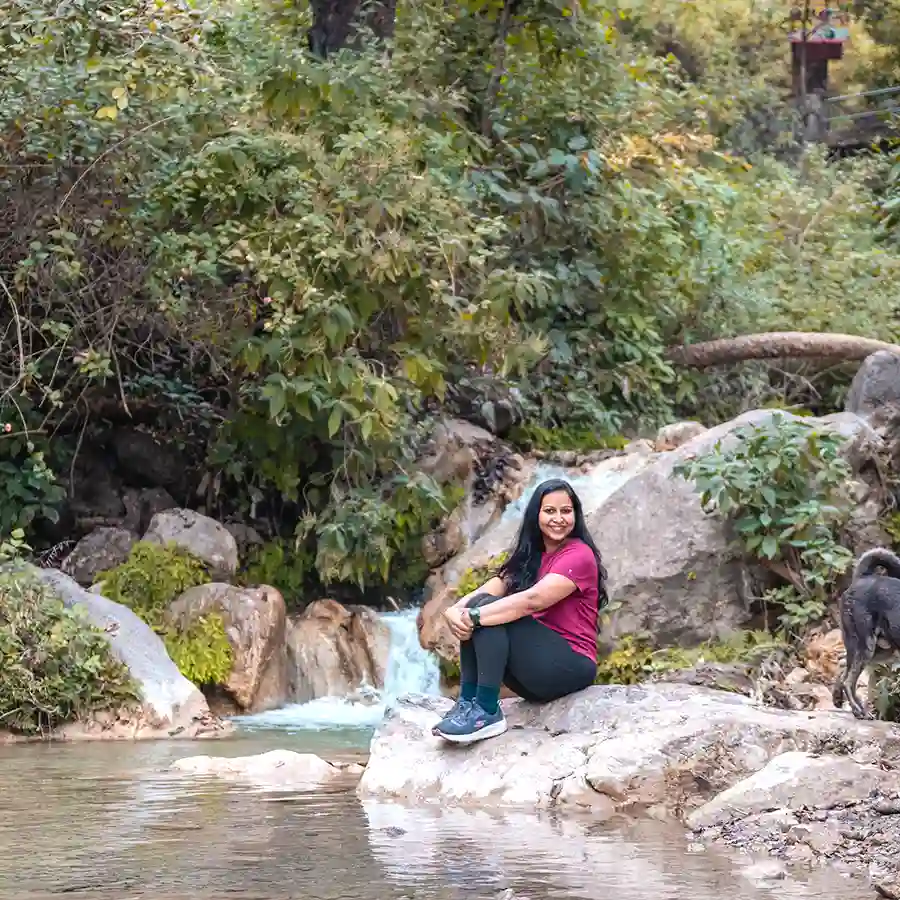

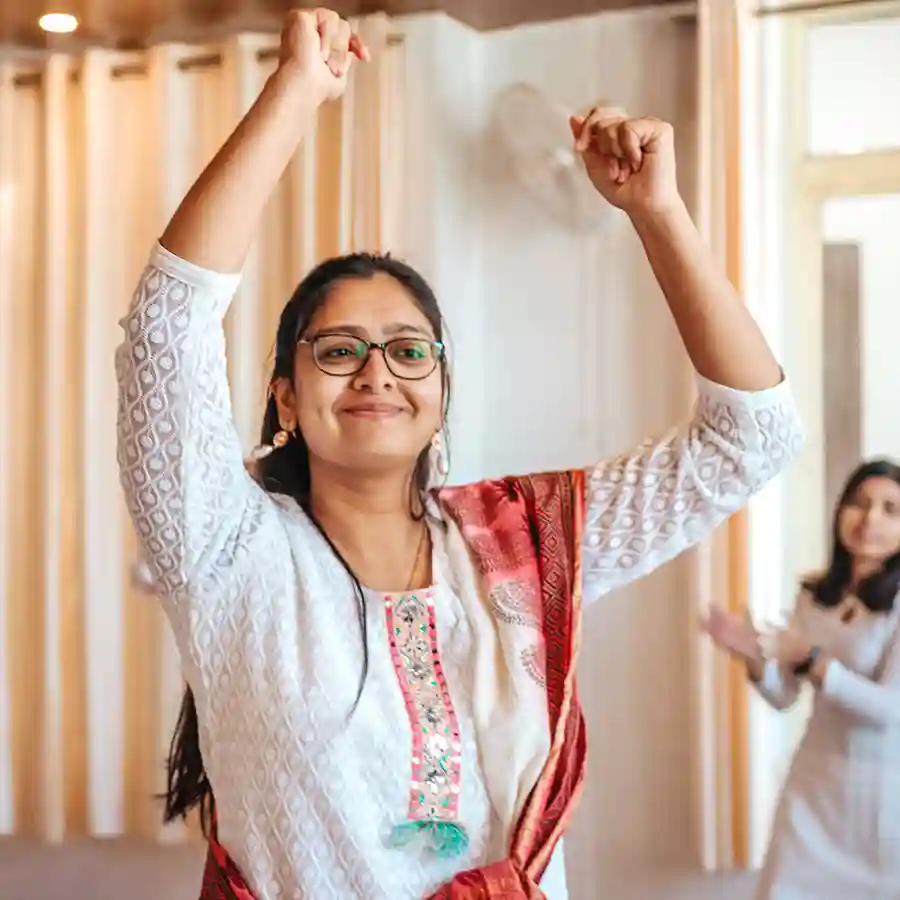





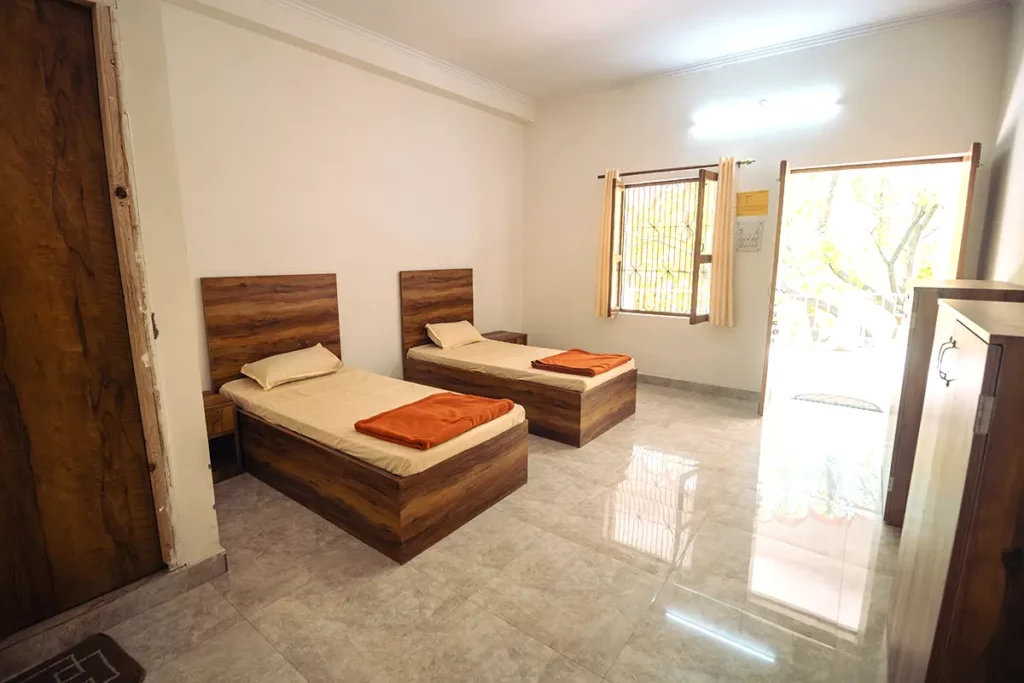
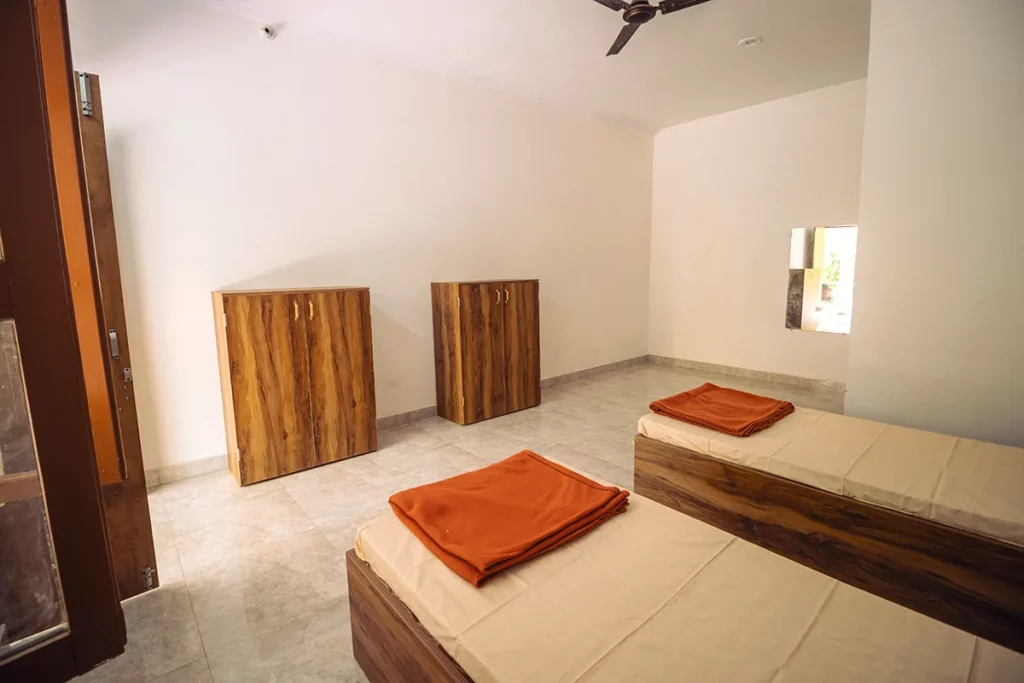


FOUR-SHARED ROOM
( Quad Occupancy )
4 Separate Beds in a Room
2 Attached Bath and Toilet
Non – A/c
INR 27,999
200-HR YTTC
INR 37,999
300-HR YTTC
TRIPLE-SHARED ROOM
( Triple Occupancy )
3 Separate Beds in a Room
1 Attached Bath and Toilet
Non – A/c
INR 32,999
200-HR YTTC
INR 39,999
300-HR YTTC
TWIN-SHARED ROOM
( Double Occupancy )
2 Separate Beds in a Room
1 Attached Bath and Toilet
Non – A/c
INR 39,999
200-HR YTTC
INR 46,999
300-HR YTTC
PRIVATE ROOM
( Single Occupancy )
1 Double Bed in a Room
1 Attached Bath and Toilet
Non – A/c
INR 49,999
200-HR YTTC
INR 56,999
300-HR YTTC
Course dates For Yoga Teacher Training in Rishikesh
| Course Dates | Seat Availability | |
|---|---|---|
| 2nd April 2025 | Almost Full | enroll now |
| 2nd May 2025 | Available | enroll now |
| 2nd June 2025 | Available | enroll now |
| 2nd July 2025 | Available | enroll now |
| 2nd August 2025 | Available | enroll now |
| 2nd September 2025 | Available | enroll now |
| 2nd July 2025 | Available | enroll now |
| 2nd August 2025 | Available | enroll now |
| 2nd September 2025 | Available | enroll now |
| 2nd October 2025 | Available | enroll now |
| 2nd November 2025 | Available | enroll now |
| 2nd December 2025 | Available | enroll now |



Booking Process
To book your spot in our retreat, you need to deposit a booking amount of INR 7000.
via UPI (Google Pay/PhonePay/BHIM), Bank Transfer, and Net Banking. You’ll be getting an official confirmation letter from our side once we successfully receive your booking amount.
Arrival & Departure
We expect your arrival a day before the program date i.e., the 1st of the month, between 12:00 noon and 09:00 PM.
Check-out takes place on the 26th of the month, the day after the last day of the program, at 11:00 AM after breakfast.
Join us as a student, and you’ll leave as part of our yoga family – a journey of growth, support, and lasting connections.
Deepen Your Knowledge - Yoga for Beginners
By attending our Agni yoga’s 200-hour Ashtanga Hatha Yoga Teacher Training in Rishikesh you will:
- Learn how to teach and practice a broad range of asanas and mudras.
- Learn the appropriate and correct alignments for each posture.
- Explore the modifications and variations of the most common asanas.
- Understand the basic concepts of yoga anatomy and how the body works.
- Experience and practice different types of pranayama and breathing techniques.
- Explore various ways to meditate and get to know about different types of mantra chantings
Our 500-Hour Yoga Teacher Training Rishikesh is a hands-on course designed to prepare you to teach yoga to students of all skill levels. Not only you will advance your skills, you will also guide your students by taking them to the next level of practice. By the time the course ends, you’ll be able to create and design your asana flow sequences and instruct confidently.
There will be several opportunities for you to teach during the course as well because our approach is a practical teaching methodology. Our instructors will encourage you to start some classes occasionally with mantras and prayers. By the end of the program, you’ll be prepared to instruct the entire class. To help you grow and develop your style, you will be given feedback from time to time by your teachers and peers.
The Art of Teaching
Our 200-hour Yoga Teacher Training course will help you to deepen your knowledge of yoga and gain confidence in teaching the same. Our Yoga Teacher Training program is a practical training course designed to help you become an effective Yoga teacher for all levels of students.
By the end of the course, you will be able to create asana flow sequences on your own and will be able to teach confidently.
Since we offer you a practical approach, there will be lots of opportunities for you to teach. During the course, our teachers will encourage you by making you begin the class sometimes with mantras and prayers, and by the end of the course, you will be ready to teach the entire group. You will receive feedback from your teachers and your classmates as well, to help you to improve and to find your unique voice and style as a teacher.
Who is qualified to apply for the program?
Anyone can enrol for the program, with or without prior yoga knowledge and experience. After the completion of the course, you will be qualified to teach anywhere in the world and not just in India. The minimum age to enrol in this course is 18 years.

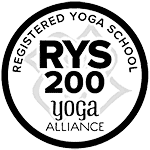
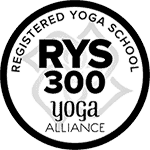
After the successful completion of the course, you will receive Yoga Alliance International accreditation which will allow you to teach all around the globe.

